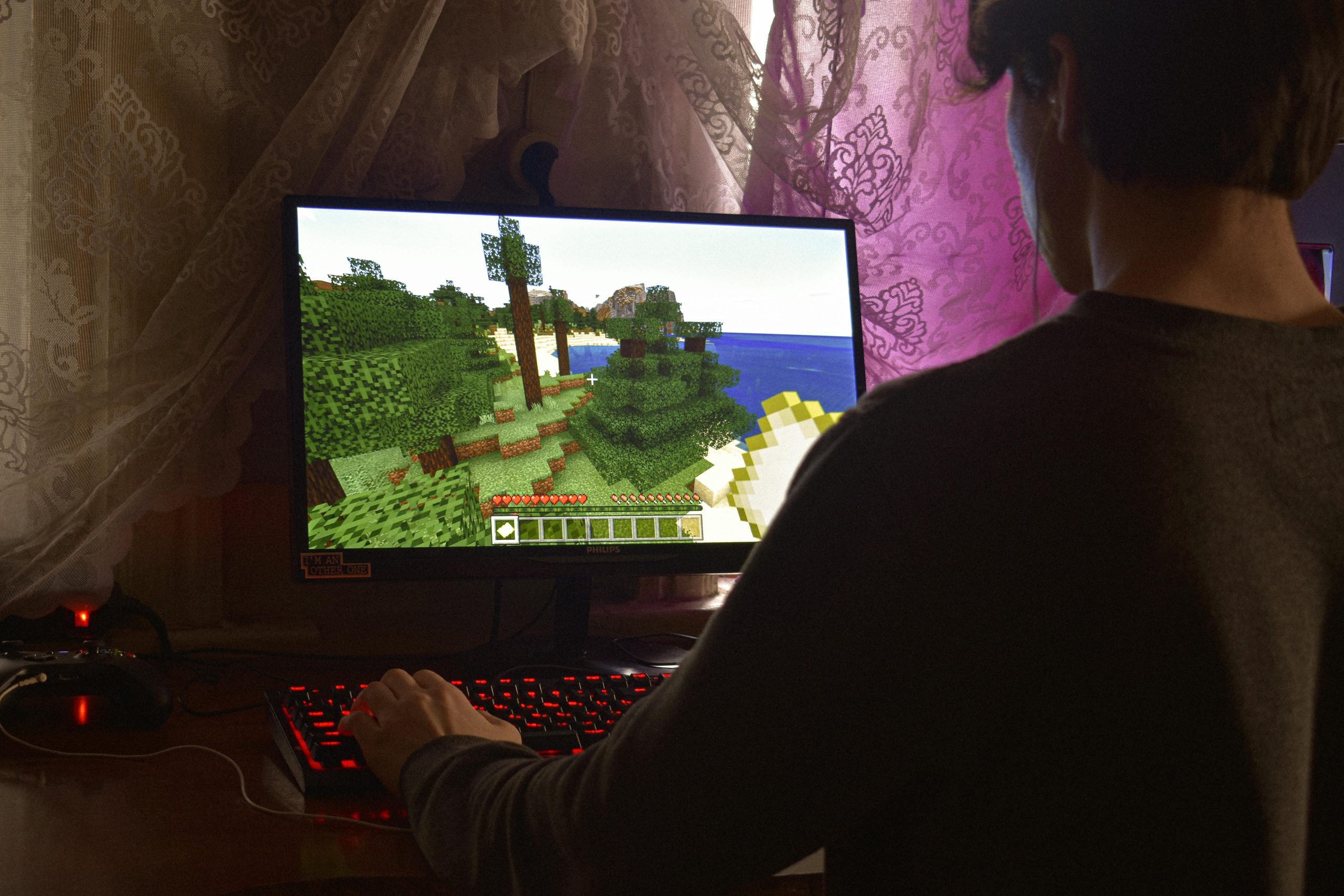Understanding Random Monitor Restarts During Windowed Gaming: Troubleshooting and Solutions
Introduction
Experiencing unexpected monitor restarts while gaming can be both frustrating and disruptive. If your monitor intermittently restarts when playing certain games in windowed mode, it may seem perplexing, especially if the issue appears random and affects multiple titles across different developers. This article aims to analyze potential causes and suggest effective troubleshooting steps to resolve the problem.
User Scenario Overview
A gaming enthusiast reports that their primary display, a Gigabyte Aorus FI32-U, along with a secondary Asus VG27AQL1A monitor, intermittently restarts during gameplay in windowed mode. The setup features a high-performance configuration, including a PCIe 4.0 Samsung 990 Pro SSD, an Intel Core i7-7800X3D CPU, an Nvidia RTX 4070 Ti graphics card, and a robust motherboard—ASRock Phantom Gaming X870E Nova WiFi running Windows 10 Pro (version 22H2).
The problem manifests approximately 5-10 minutes after launching certain games, with monitor restarts happening at seemingly random intervals, affecting some titles but not others. Notably, games like Honkai Star Rail and YGO Master Duel trigger these restarts, whereas titles such as Legend of Heroes: Kai no Kiseki and Warhammer 40K Rogue Trader run without issues.
Potential Causes and Troubleshooting Steps
-
Graphics Driver Stability
-
Update Drivers: Ensure your Nvidia RTX 4070 Ti drivers are the latest version from the official Nvidia website.
- Rollback: If issues began after a recent driver update, consider rolling back to a previous stable version.
-
Clean Installation: Use Display Driver Uninstaller (DDU) to thoroughly remove existing drivers before reinstalling the latest drivers.
-
Monitor Compatibility and Firmware
-
Firmware Updates: Check if your monitors have firmware updates available from Gigabyte and Asus. Applying updates can resolve compatibility issues.
-
Connection Checks: Verify that DisplayPort or HDMI cables are securely connected and are of high quality to support high refresh rates and resolutions.
-
Power Supply and Cables
-
Power Stability: Ensure your power supply unit (PSU) supplies consistent and sufficient wattage, especially under load.
-
Cable Quality: Use certified high-quality cables to prevent signal interruptions that might cause monitor resets.
-
Graphics Settings and TDR (Timeout Detection and Recovery)
-
Adjust Timeout Settings: Modify registry settings to increase the timeout for graphics drivers,
Share this content:

